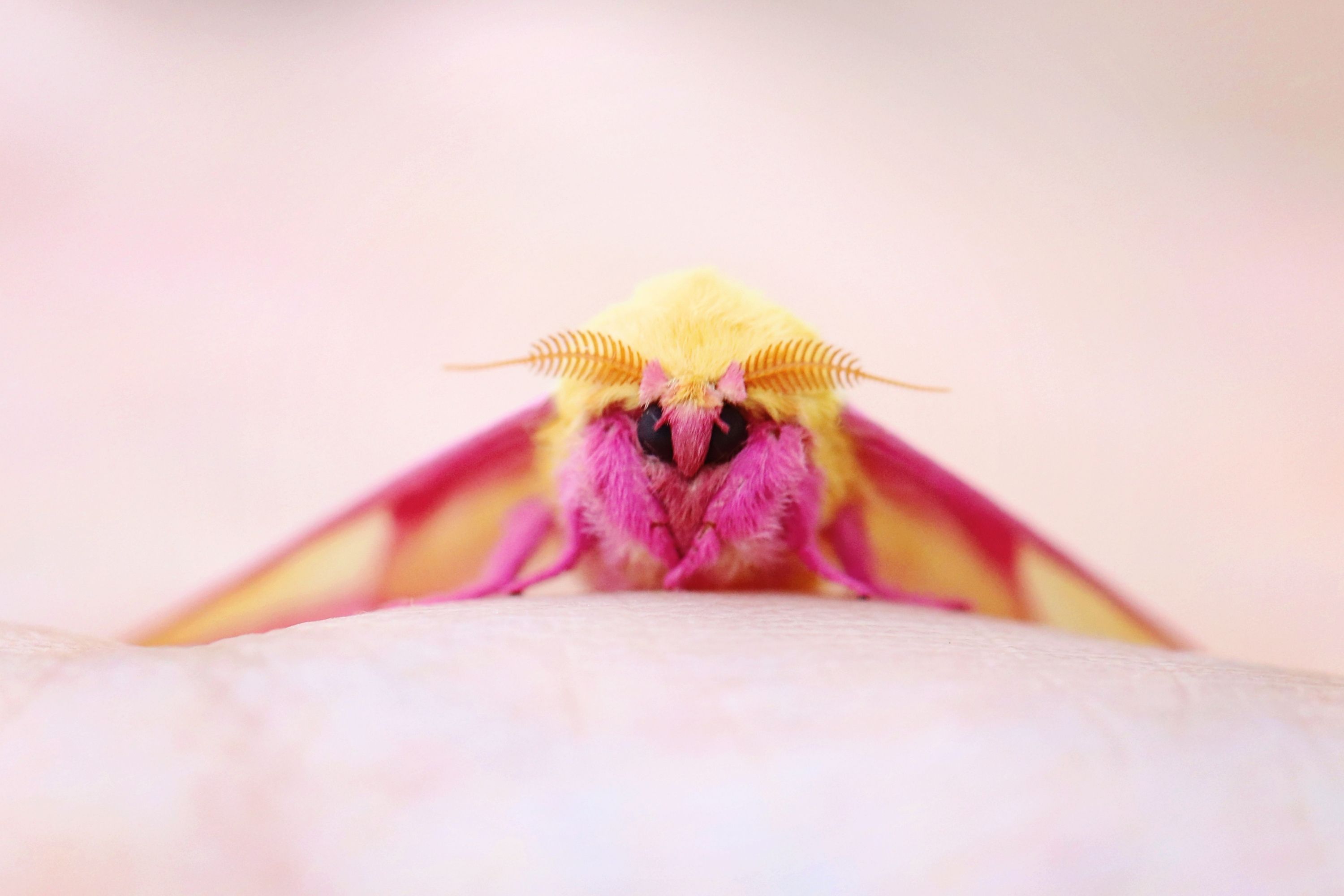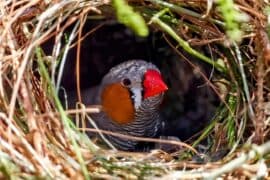Rosy maple moth
(Dryocampa rubicunda)

Description
Dryocampa rubicunda, the rosy maple moth, is a small North American moth in the family Saturniidae, also known as the great silk moths. It was first described by Johan Christian Fabricius in 1793. The species is known for its wooly body and pink and yellow coloration, which varies from cream or white to bright pink or yellow.Males have bushier antennae than females, which allow them to sense female pheromones for mating. As the common name of the species implies, the preferred host trees are maple tree. Adult females lay their yellow ovular eggs in groups of 10 to 40 on the underside of maple leaves. The emerging caterpillars, also known as the greenstriped mapleworm, mainly feed on the leaves of their host maple trees, particularly red maple, silver maple, and sugar maple. Since the caterpillars eat the entire leaf blade, in dense populations, caterpillars have been known to defoliate trees, resulting in aesthetic rather than permanent damage. However, like all other Saturniid moths, the adult moths do not eat. The rosy maple moth is the smallest of the silk moths; males have a wingspan of 3.2 to 4.4 centimetres (1.25-1.75 in); females of 3.8 to 5 centimetres (1.5–2 in). The species can be identified by their unique, but varying, pink and yellow coloration. They have reddish-to-pink legs and antennae, yellow bodies and hindwings, and pink forewings with a triangular yellow band across the middle.
Taxonomic tree:







